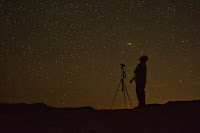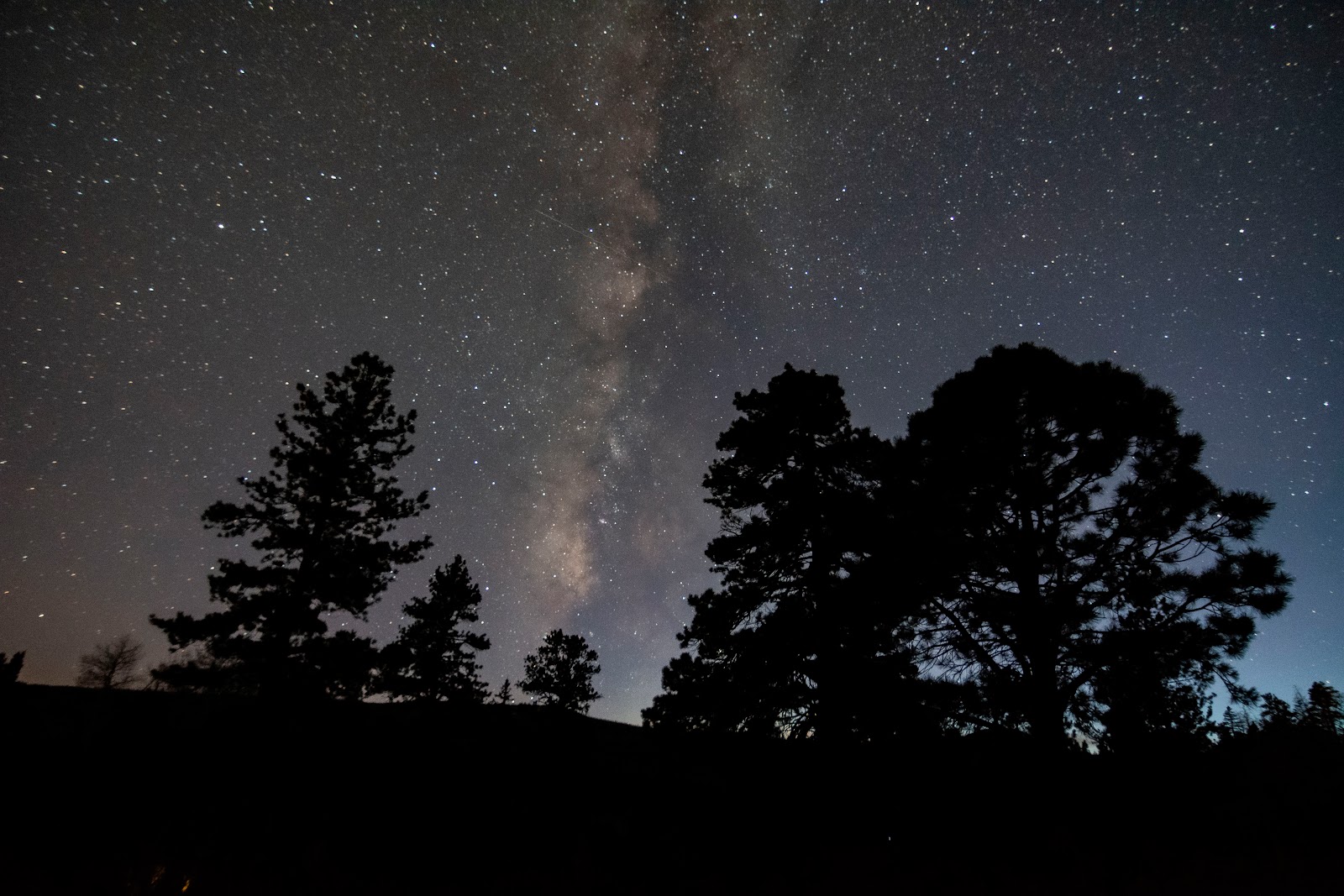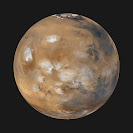Introduction and Monthly Reminders
September has started off decently for stargazers. The evening temperatures have been slightly cooler, making it more enjoyable to be outdoors. I have enjoyed seeking out Jupiter and Venus in the morning just before sunrise. I've also been able to spot the bright stars of Orion at the same time, although these are harder to pick out against the brightening sky. I have also enjoyed spotting Saturn as it rises above the mountains after sunset. While I haven't taken out my large telescope yet this month, I have taken out my smart telescope to capture a few images of the Sun. I have also purchased a new telescope, a refractor on an equatorial mount as opposed to my dobsonian, which is a reflector, that I have been getting acquainted with and learning to use. I will write a "First Light" post once I've actually used it!
The second half of September should be the most exciting half of the month. Saturn and Neptune will reach opposition on the 21st and 23rd, respectively. The New Moon phase will occur on the 21st, making it the best time of the month to view faint DSOs. During the New Moon, the best time to see the Zodiacal Light is shortly before sunrise. I am most looking forward to a camping trip at the end of the month to Capitol Reef. This site will have pristine dark skies that I hope to take advantage of, weather permitting. I will be taking my camera gear and smart telescope. I would like to take my new telescope, but I likely will not have room for it.
The Bortle Scale
I often discuss the importance of dark skies and minimizing light pollution for the best views of the night sky. This coincides with the darkness of the night sky and the Bortle Scale for a particular location. I thought now would be a great time to discuss the Bortle Scale. The Bortle Scale is a way to measure the brightness, or quality, of the night sky. There are nine different levels, or classes, of the Bortle Scale, with nine being the most light-polluted sky and one having the least amount of light pollution. A light pollution map will use the Bortle Scale to show the user the quality of the night sky for a particular location. When looking for a dark sky site, I use this Light Pollution Map. There are mobile apps available, but I prefer being able to look at the map on a larger screen so I can see more area at once.
When viewing this map, it shows regions in white, pink, red, orange, yellow, green, blue, gray, and black. Class 9 skies (white) are the brightest and have the most light pollution. These regions are found in the center of large cities, and only the brightest night sky objects can be seen, like the Moon, Venus, and maybe Jupiter. Most, if not all, other stars are lost in the skyglow. A Class 8 sky (pink) from a smaller city fares a bit better. The most well-known constellations can be seen, such as the Big Dipper and Orion. Only the brightest Messier objects can be seen with a modestly sized telescope.
Moving outside of the city center, observers will find themselves in a Class 7 region (red) where the sky will have a grayish glow. A few more stars will be visible, and the Pleiades will become visible to the unaided eye. More Messier objects can be seen through a telescope, but they will not show much detail. Clouds in the sky are brightly lit and easy to see as they reflect the city lights. A Class 6 sky (orange) is a bright suburban sky, improving as the Milky Way Band becomes visible when looking towards the zenith. Clouds still reflect much of the city lights, making them appear whitish gray and easy to see.
As an observer transitions to the outer suburban sky, they will find themselves in a Class 5 (yellow) area. Here, the Zodiacal Light can be seen only on clear, stable nights. The Milky Way can be seen, but it is very faint and may not be detectable near the horizon. The clouds also remain much brighter than the sky itself. Approximately 20 miles from the city center of Salt Lake City, an observer will reach Class 4 skies (green) where pillars of light pollution can still be seen when looking towards the city. Clouds towards the city will still be brightly illuminated. The Zodiacal Light is visible near the opposite horizon of the city, and the Milky Way Band begins to take shape. This is the Bortle Class when observers get excited about being able to see the Milky Way.
Traveling about 70 miles west of Salt Lake City, an observer will reach a Class 3 sky (blue), which is where I like to travel with my telescope and camera gear. This is a rural area with little light pollution along the horizon. The Milky Way is easily visible and begins to show some structure. The Zodiacal Light can be seen with the unaided eye, but a long exposure image will really bring out the detail. Several Messier objects can be seen with the unaided eye, and clouds are slightly illuminated by city lights.
When visiting a dark sky certified city, an observer can expect to find a Class 3 or Class 2 (gray) sky. Here, the Milky Way is bright and casts shadows on the ground. Clouds are only detectable by looking for areas of the sky where stars are blocked from view. The constellations are more challenging to find due to the number of stars in the sky. The Zodiacal Light also casts weak shadows. Several more Messier objects become visible with the unaided eye. The "Holy Grail" of the Bortle Scale is Class 1 skies (black). These skies are similar to Class 2, with the notable differences that more stars are visible, more Messier objects can be seen with the unaided eye, the shadows produced by the Milky Way are more pronounced, and the Zodiacal Band, Zodiacal Light, and Gegenschein Band are visible. Viewing Jupiter or Venus appears very bright and will ruin dark-adapted eyes. Several background meteors can be seen per hour, and satellites orbiting above are easy to see, even the faint ones.
A darker sky allows for more detail when viewing objects through a telescope or a pair of binoculars, and it also provides observers with more opportunities to view objects. I strongly encourage my readers to grab a chair or blanket and travel to a Class 1 region and enjoy what the night sky has to offer, no telescope required!
 |
| Now get outside and look up! |











